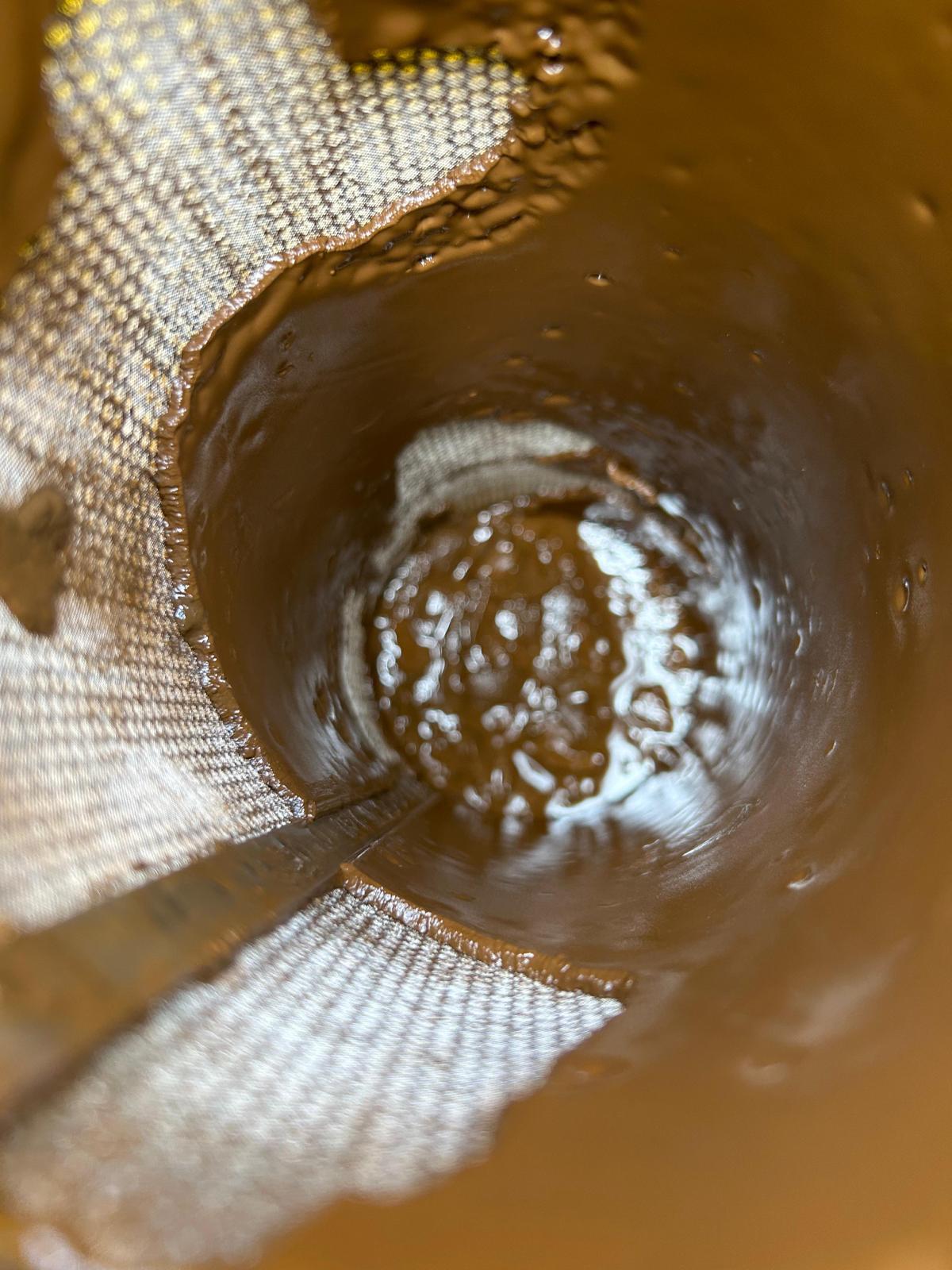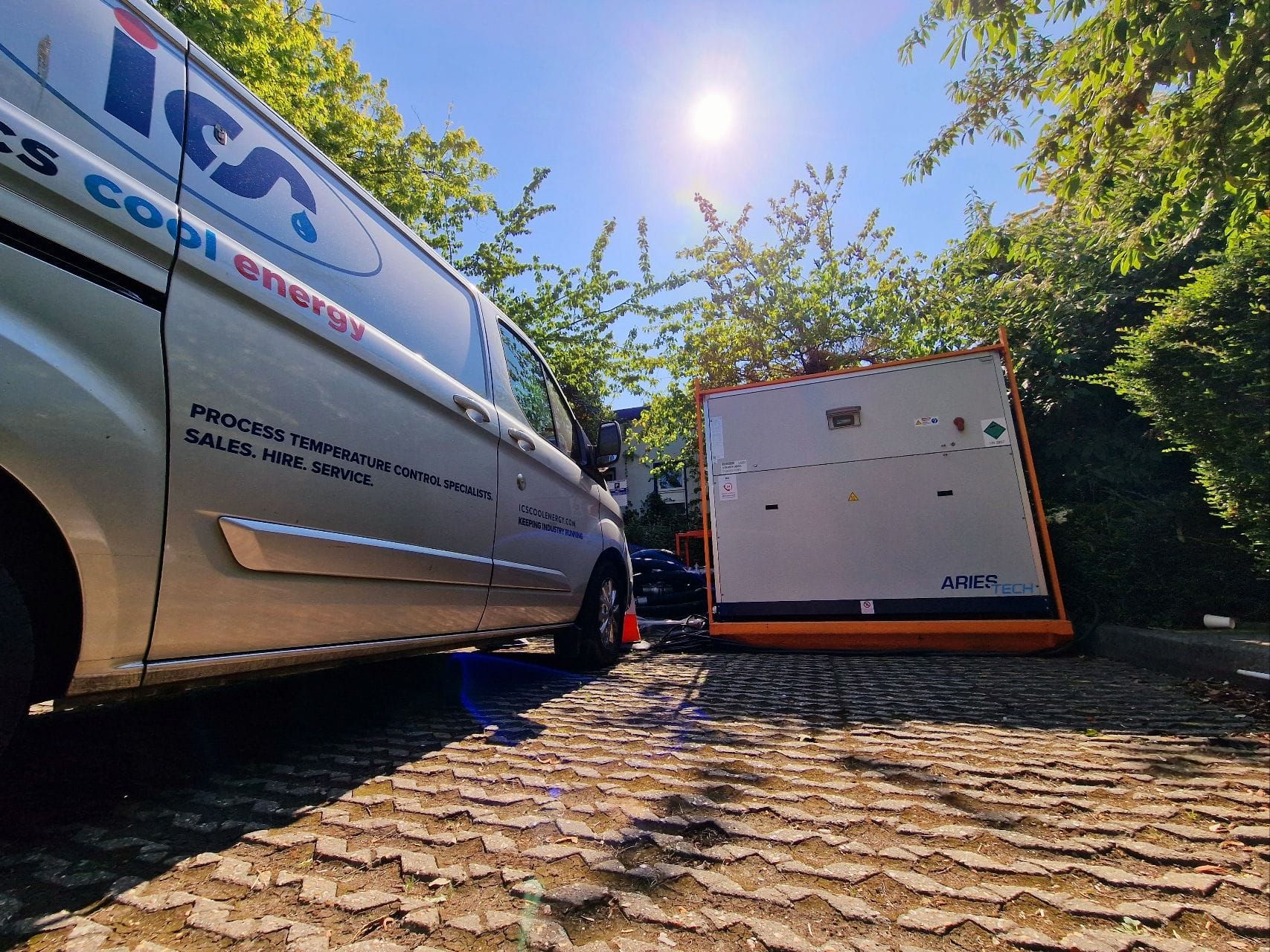Refrigerant selection has become an extremely complex task with F-gas legislation requiring a reduction in the use of HFC refrigerants and a move towards the use of refrigerants with lower global warming potential (GWP).
There is no off-the shelf solution when it comes to refrigerants, particularly for low temperature applications. It’s a balancing act between GWP, toxicity and flammability.
A2L refrigerants
They meet the F-gas legislation criteria of low GWP, however, are classed as mildly flammable, which obviously poses safety risks when it comes to their transportation and handling.
Therefore, systems need to be designed in-line with refrigerant development, preferably without the need for special transport and storage arrangements or imposing severe commercial pressures.
Consider suitable segregation, component choice and eliminating ignition sources where appropriate. Installing a suitable leak detection system to shut down the system and a forced ventilation system which activates upon detection of a leak will protect workers.
With more flammable refrigerants coming to the fore, the importance of safer logistics, better fire-proofing, and keeping systems secure to prevent leakage is paramount. Refrigerants should be contained, recovered, and disposed of, ethically.
Natural refrigerants
These include carbon dioxide (CO2) and ammonia (NH3) which have low GWP. They won’t suit every application, for example, ammonia provides high efficiency and performance with low environmental impact. However, it has high toxicity, can be flammable in certain circumstances, and is highly corrosive to copper which is an issue for many semi-hermetic compressors – often relying on having electric motors with copper windings.
Drop-in refrigerants
These are intended to replace your original refrigerant when phased out and often have GWP values over 150 and are never 100% like-for-like, therefore compromising performance or energy consumption. Systems often need altering before a drop-in refrigerant can be used too, including changes to the expansion valve, additional liquid suction heat exchangers, or changing the oil to a different type.
There is no straightforward answer when it comes to refrigerant choice, and with the market saturated with conflicting information, users need to be aware of the compromises associated with hastily opting for low GWP and drop-in refrigerants.
To make the process simpler, your equipment manufacturer should be able to advise you on the best refrigerant for your equipment and application.
For more information about refrigerant selection and process temperature control solutions, call 0800 774 7426 or email info@icscoolenergy.com.
Related Articles

May 20, 2025
Why Seasonal Energy Performance Ratio (SEPR) Matters for Process Cooling.
The Manufacturer’s Perspective on Energy Efficiency, Compliance and Sustainability In the world of process cooling, selecting the right equipment is no longer just about capacity...
Read More
May 15, 2025
The Hidden Costs of Poor Water Treatment in Cooling Systems
Efficiency, reliability, and longevity are critical considerations in managing closed-circuit process chillers. While these units form the backbone of commercial and industrial cooling systems, their...
Read More
May 6, 2025
Preparing Your Chiller for Summer
Summer can be an unreliable season, often bringing unexpected heatwaves. Just as an overheated car engine can cause significant issues, the loss of cooling capability...
Read More